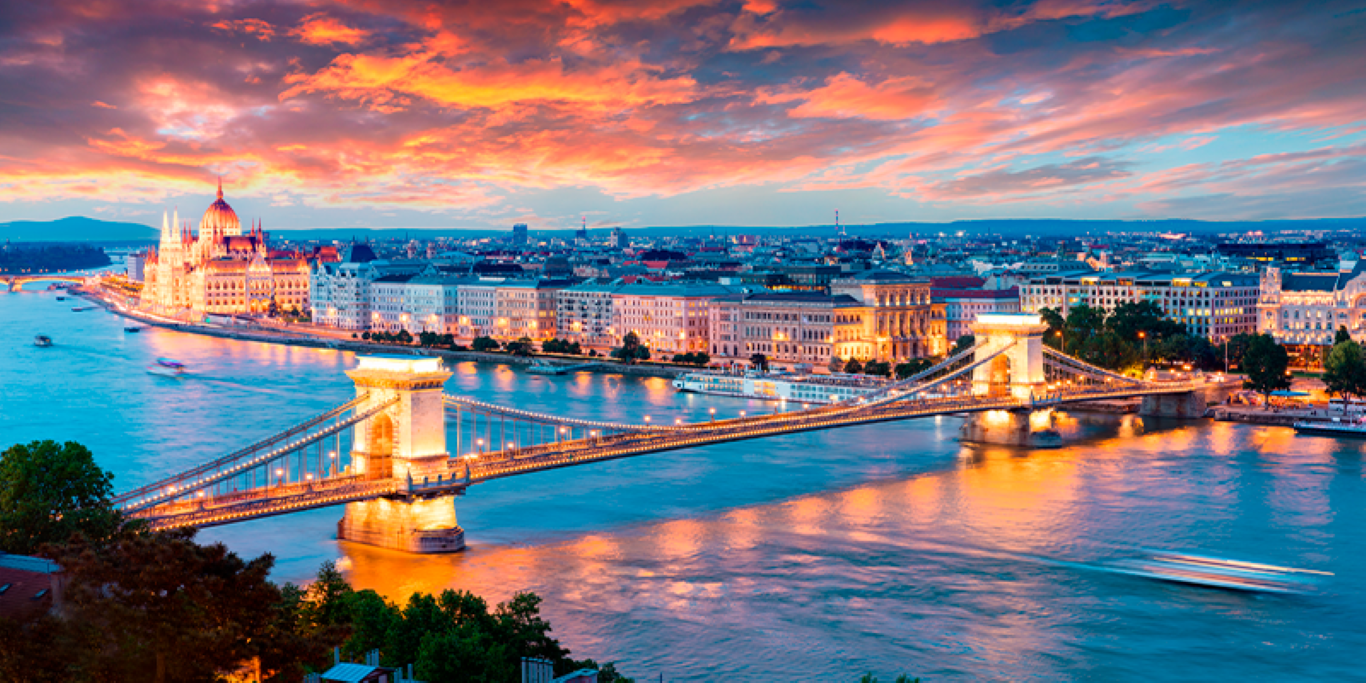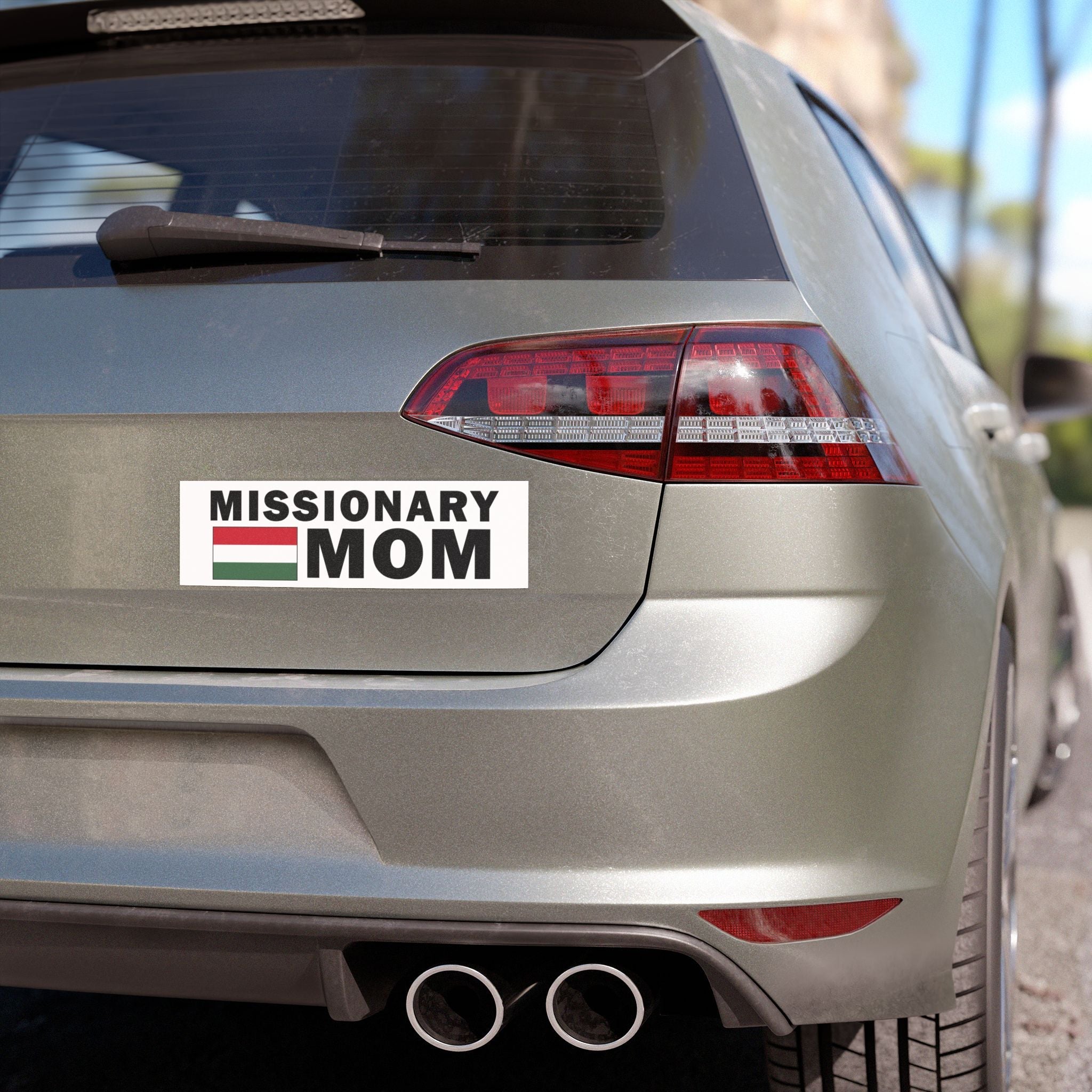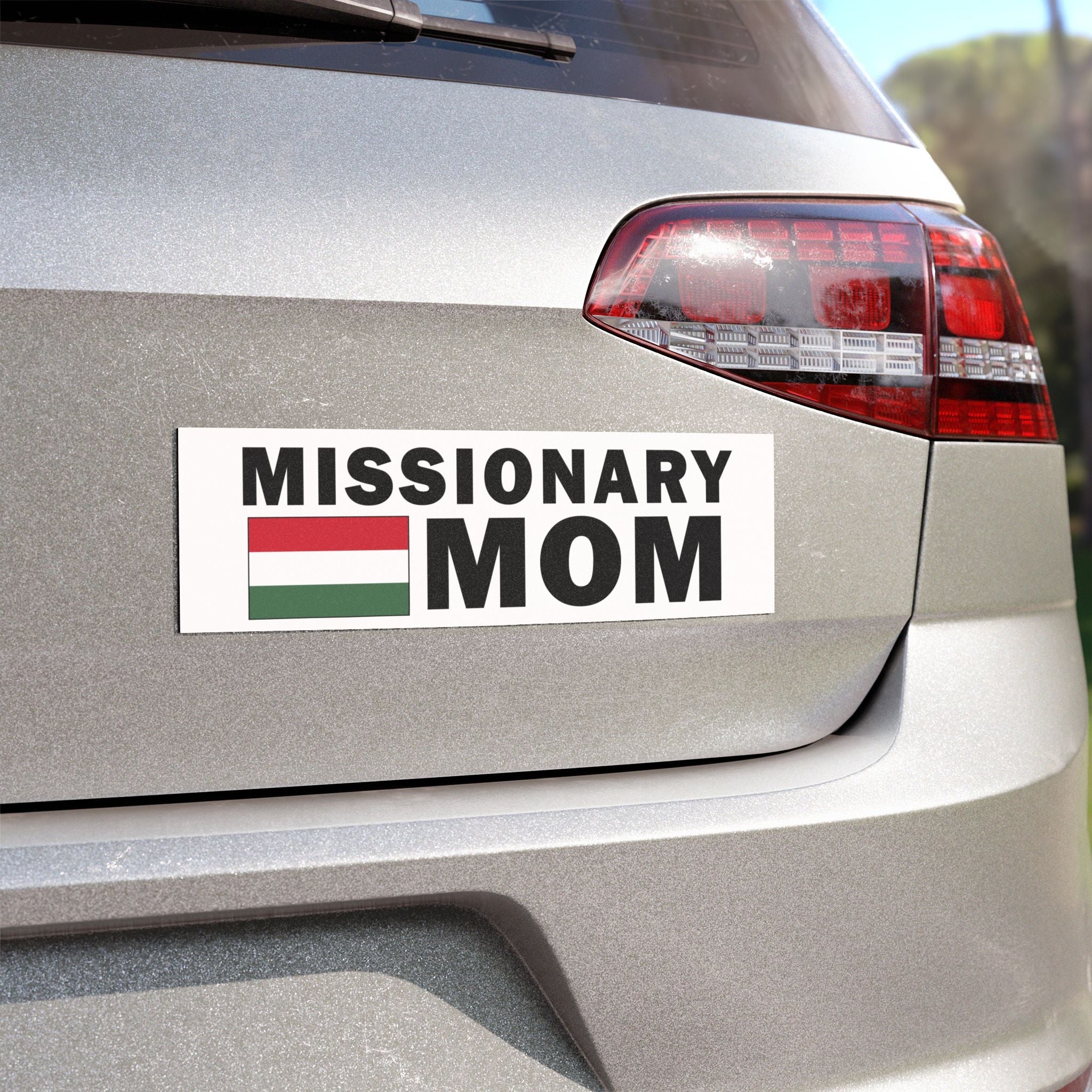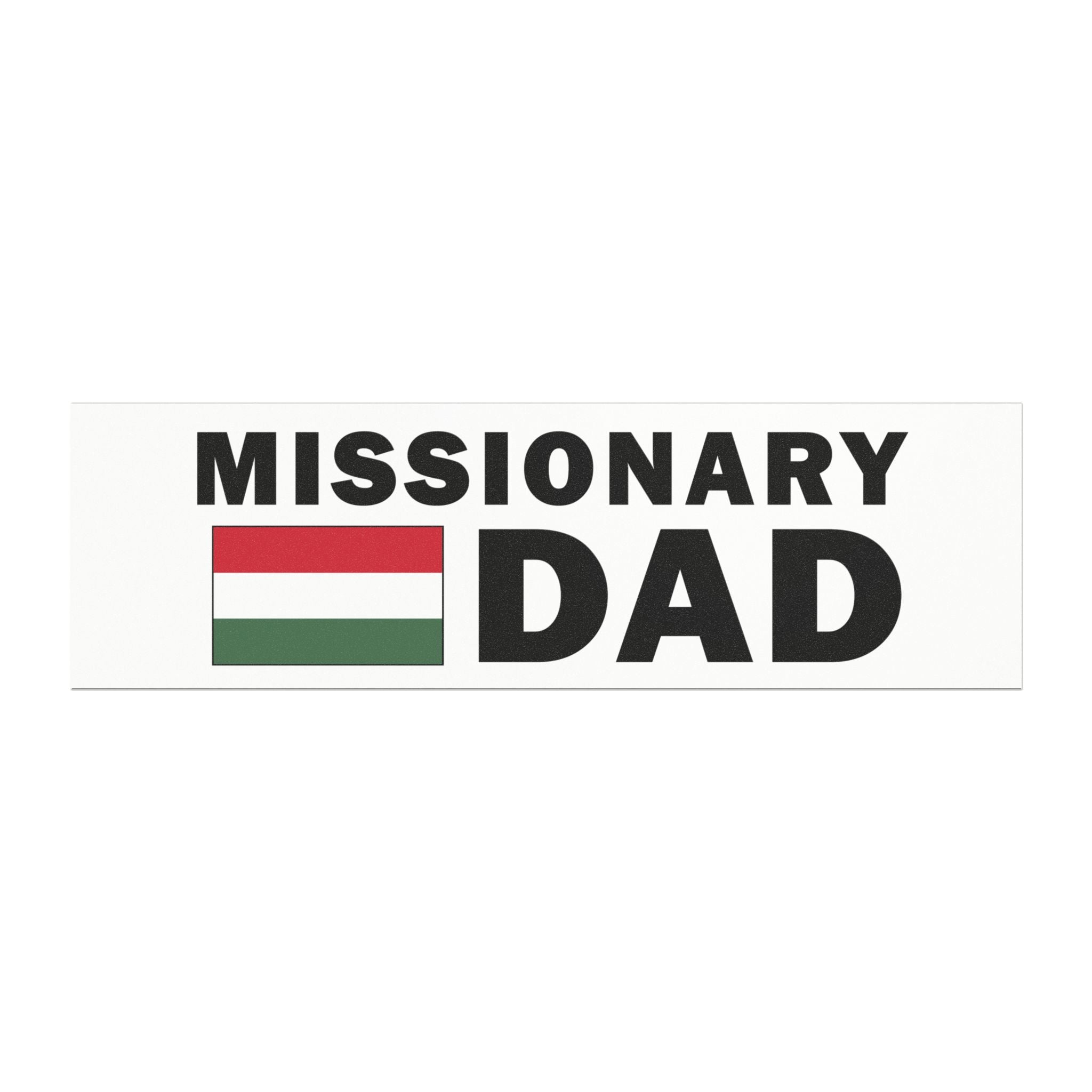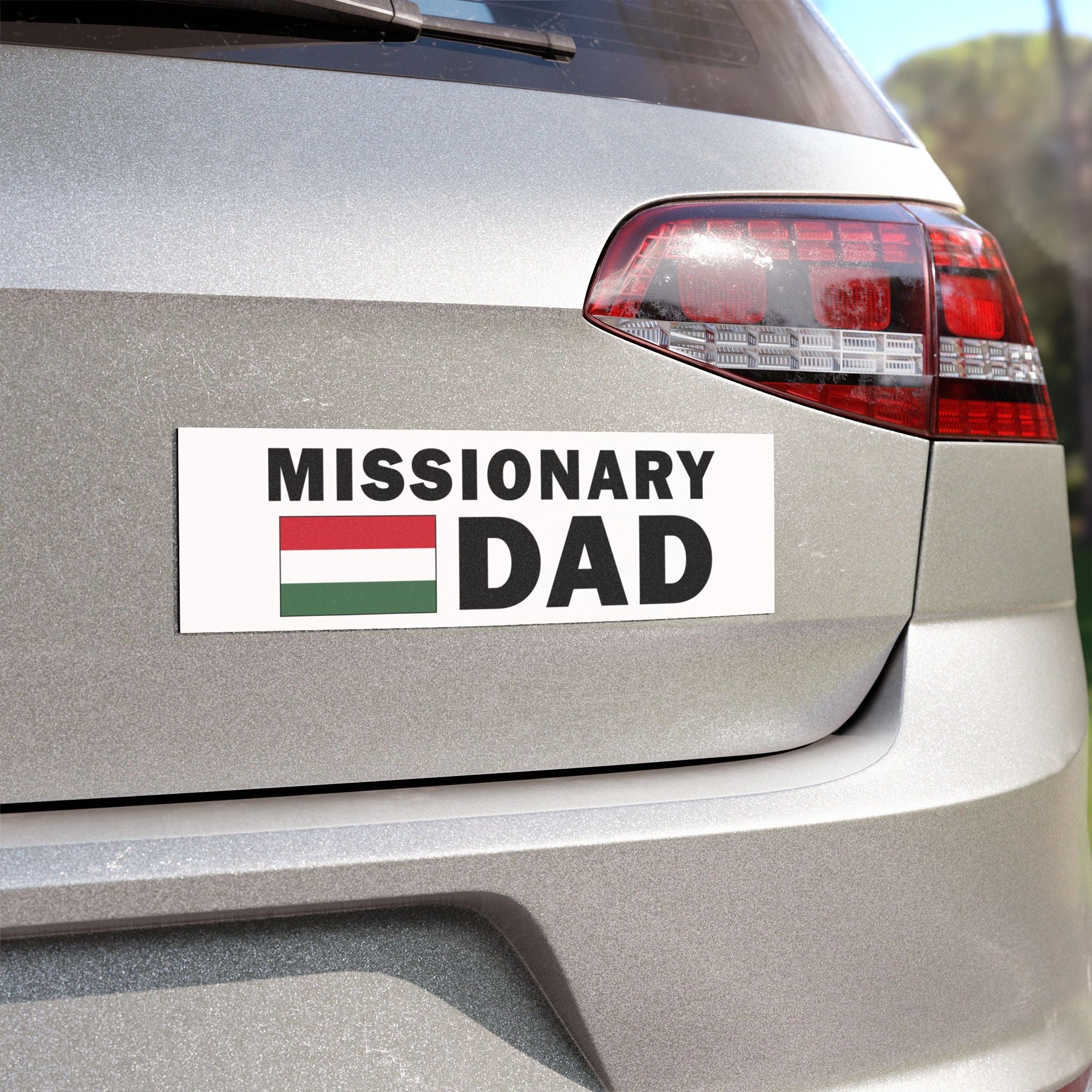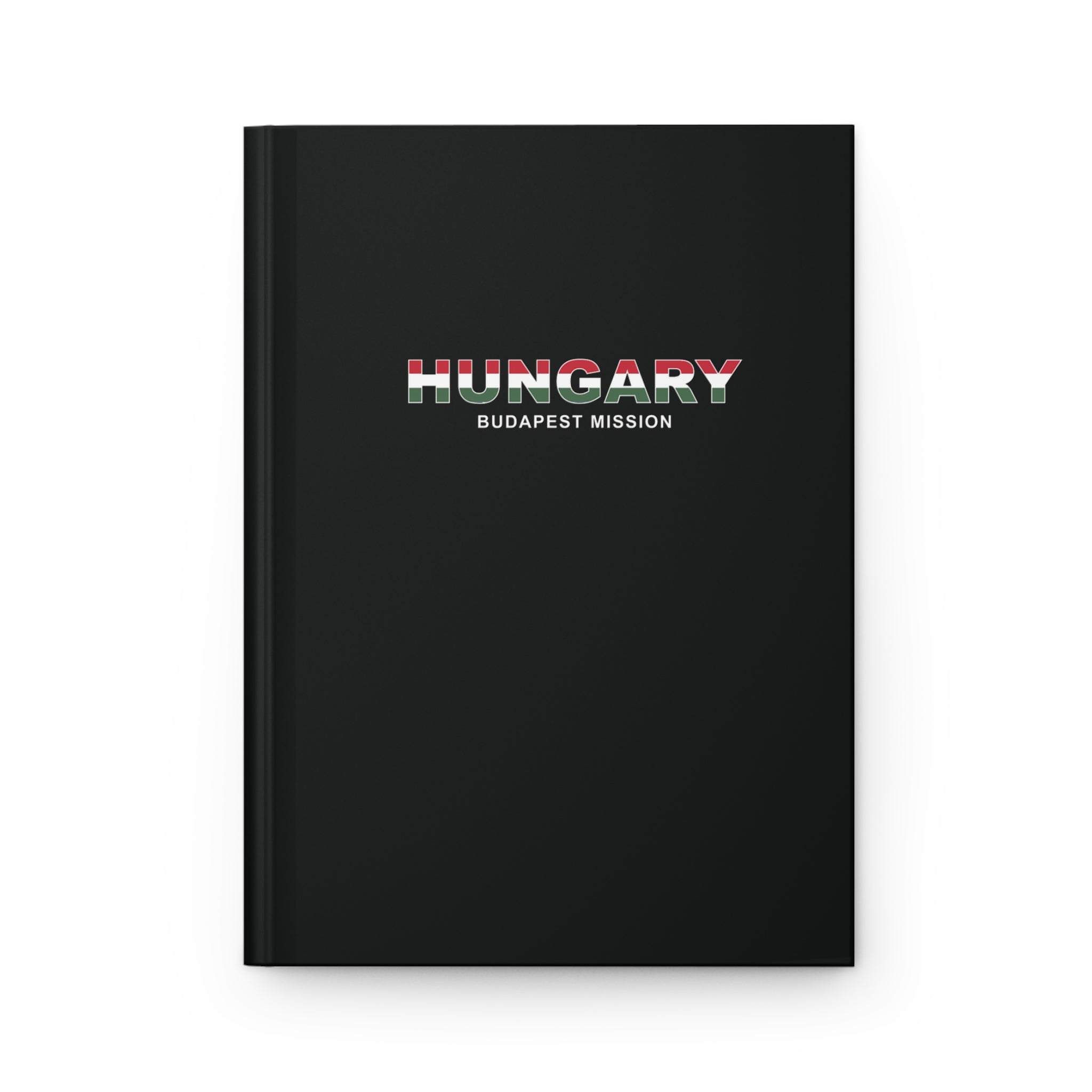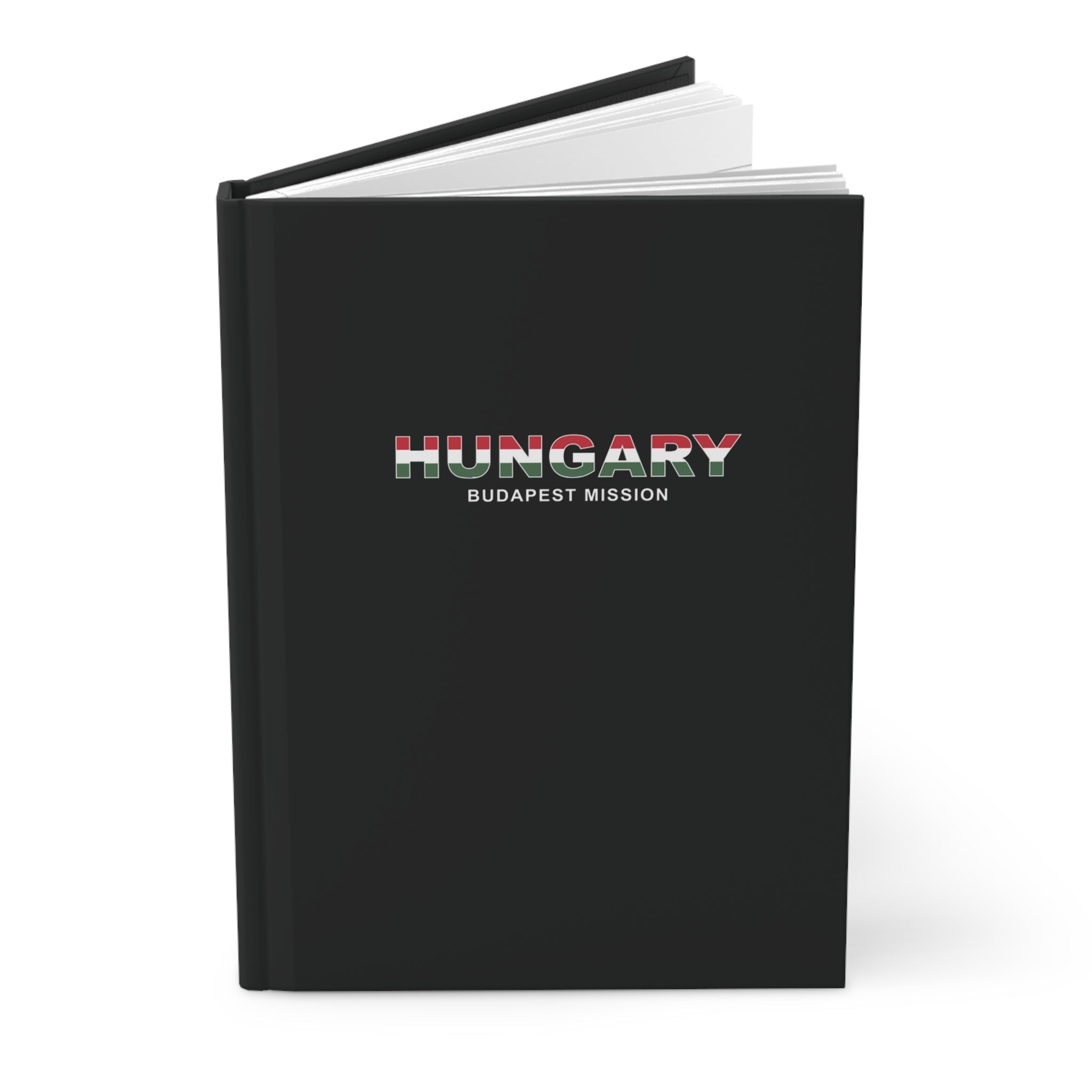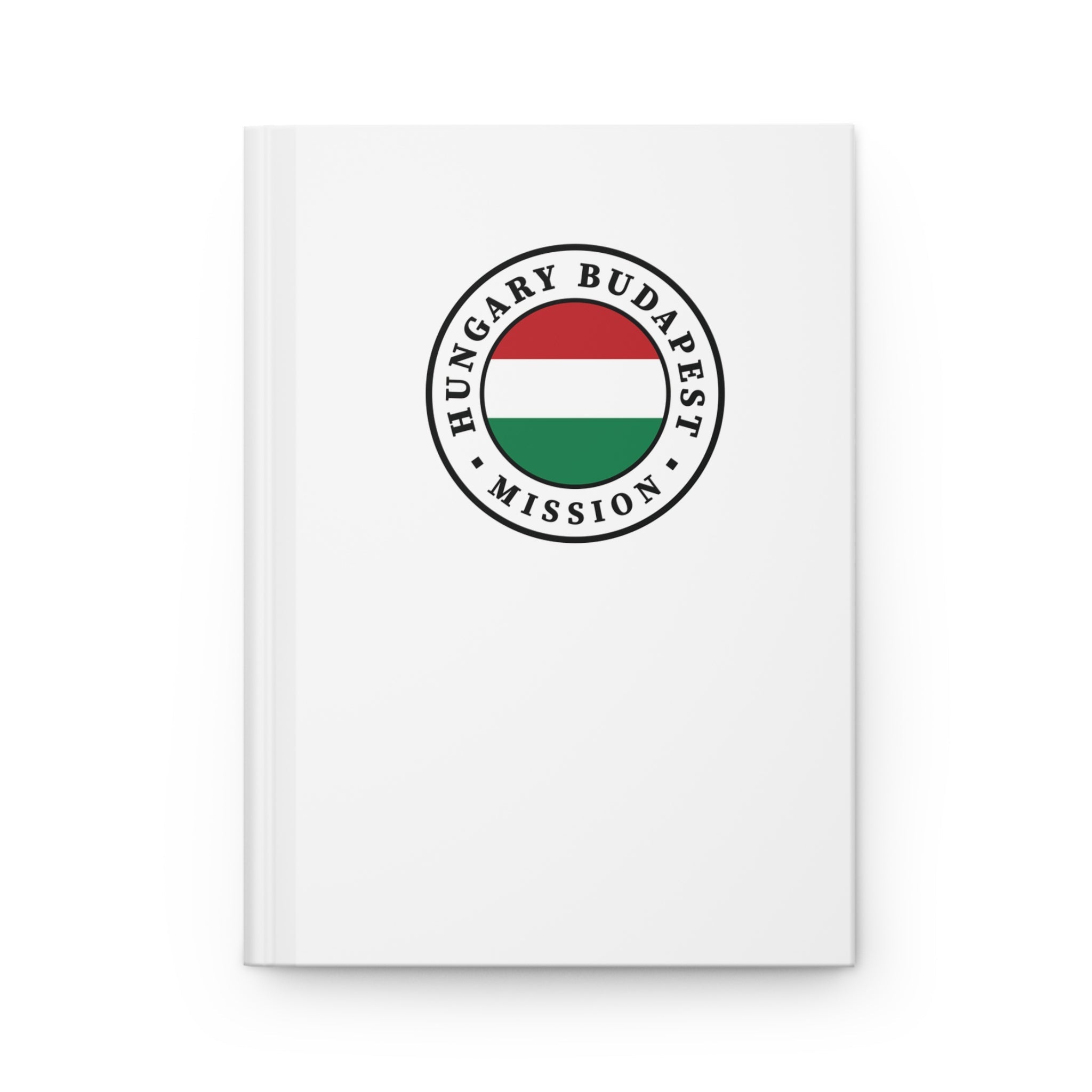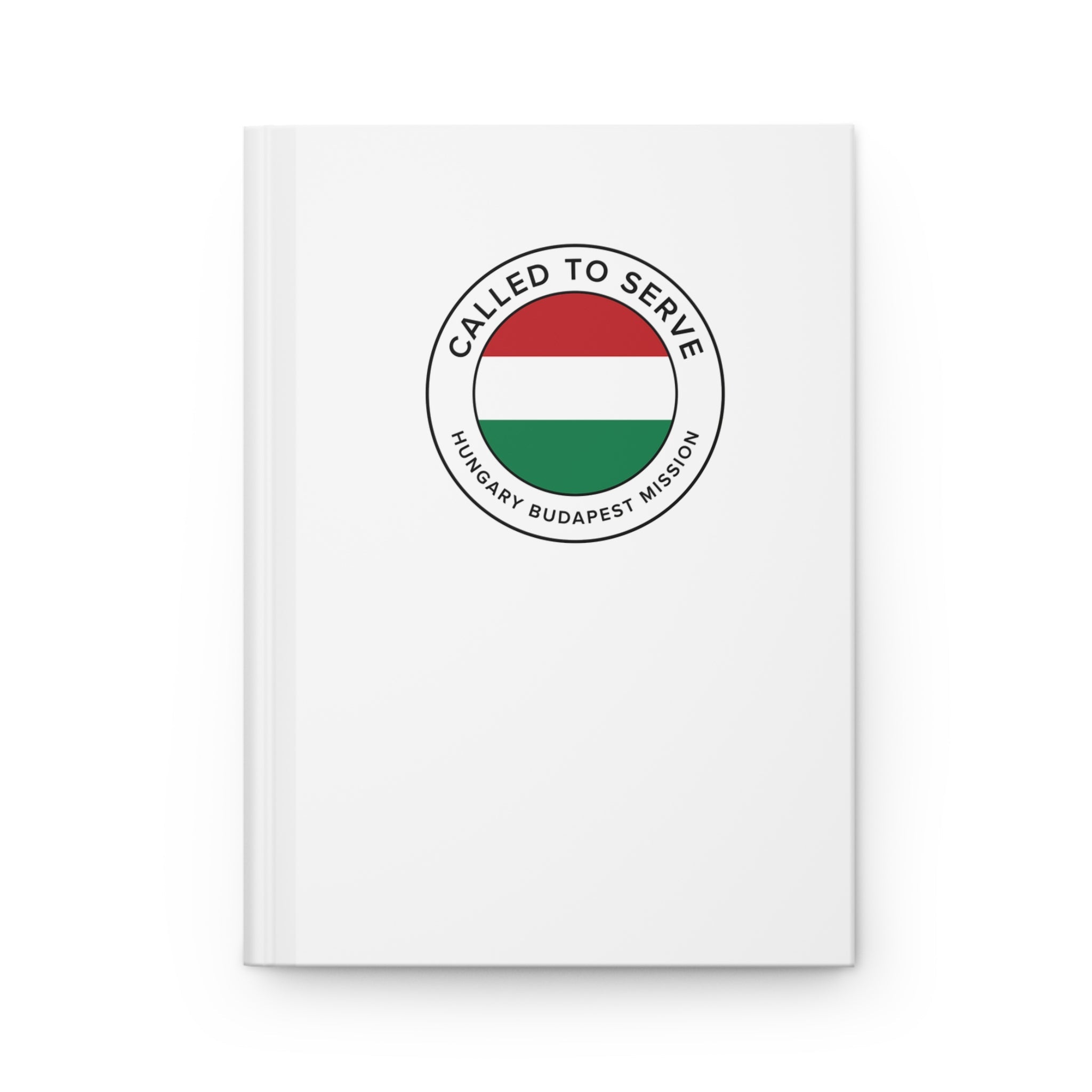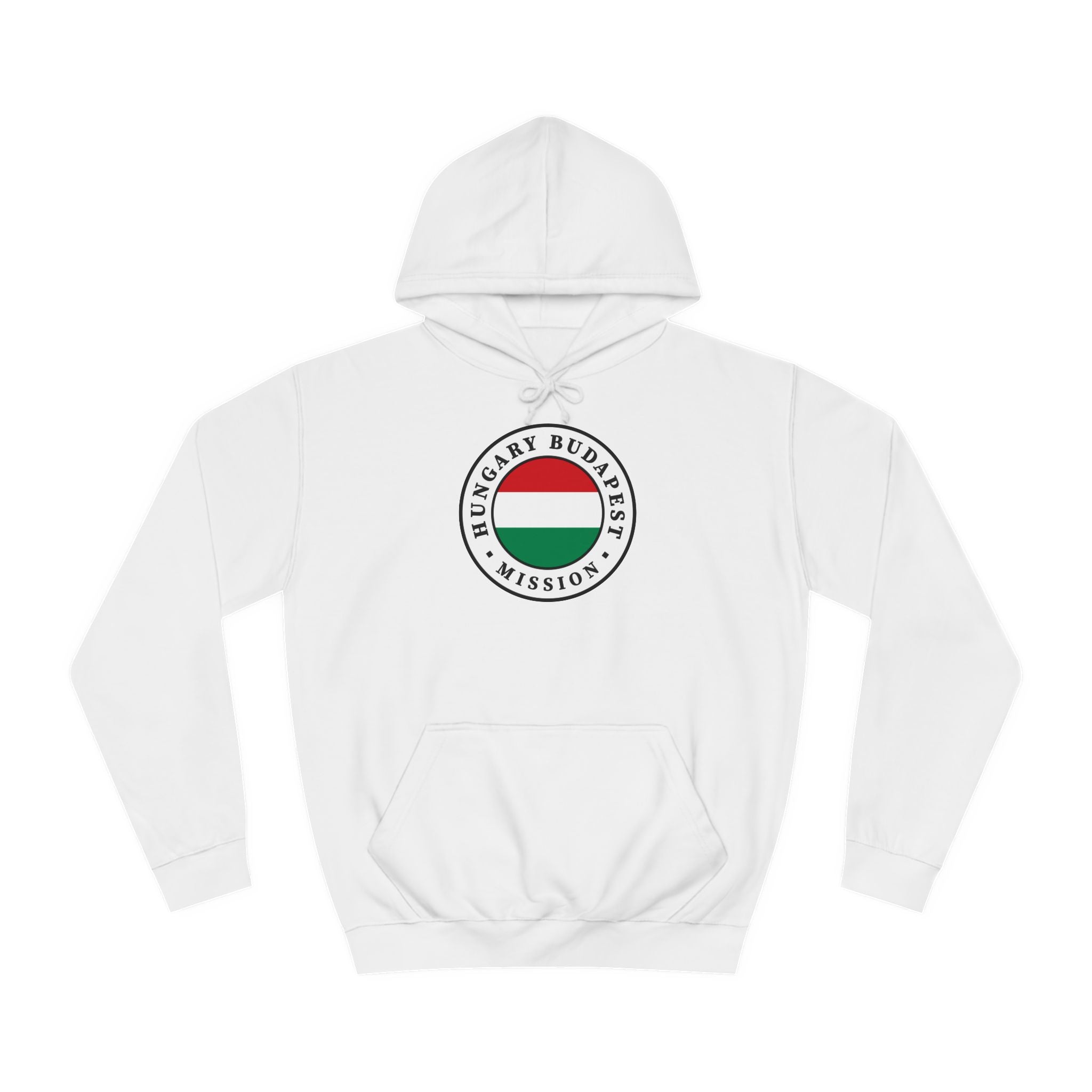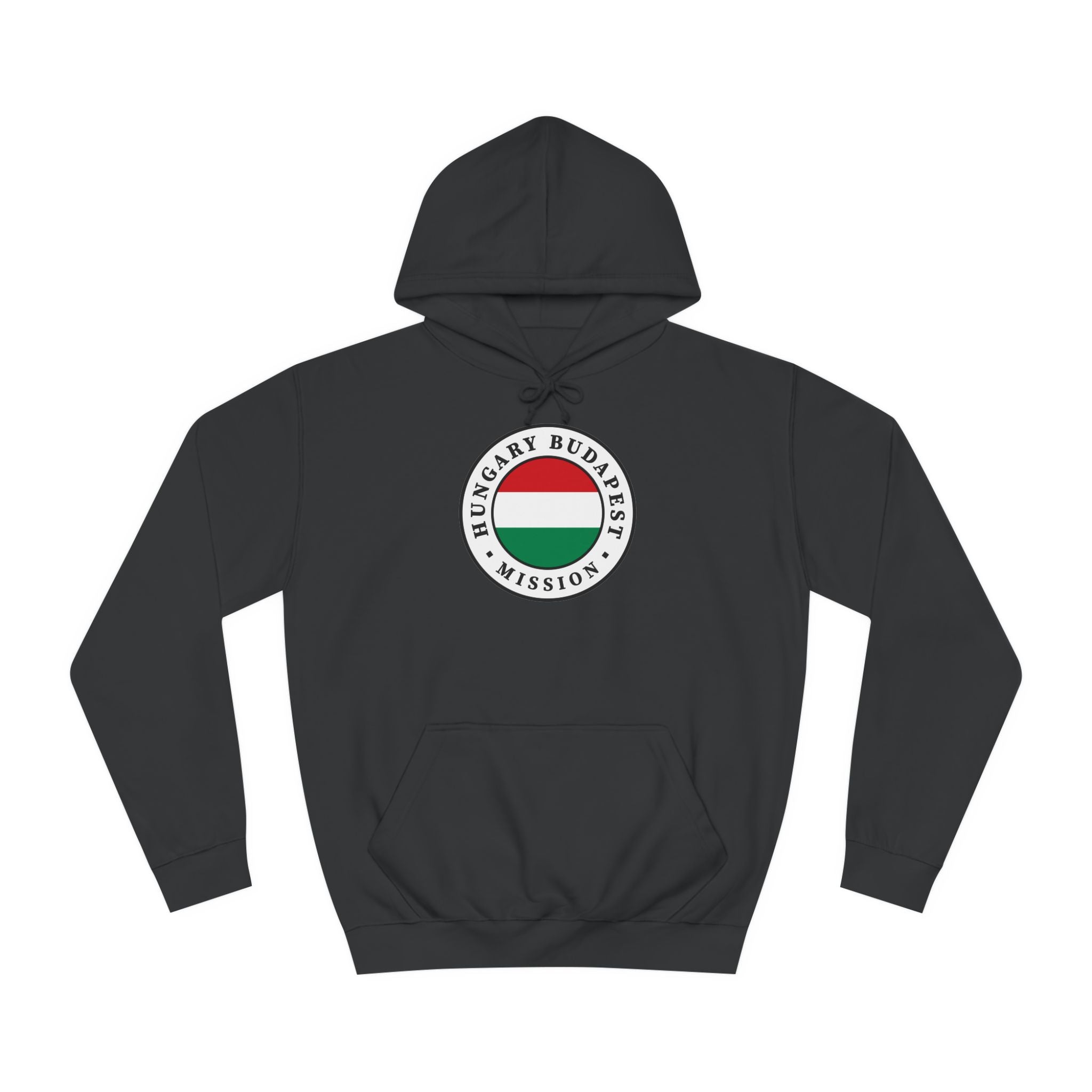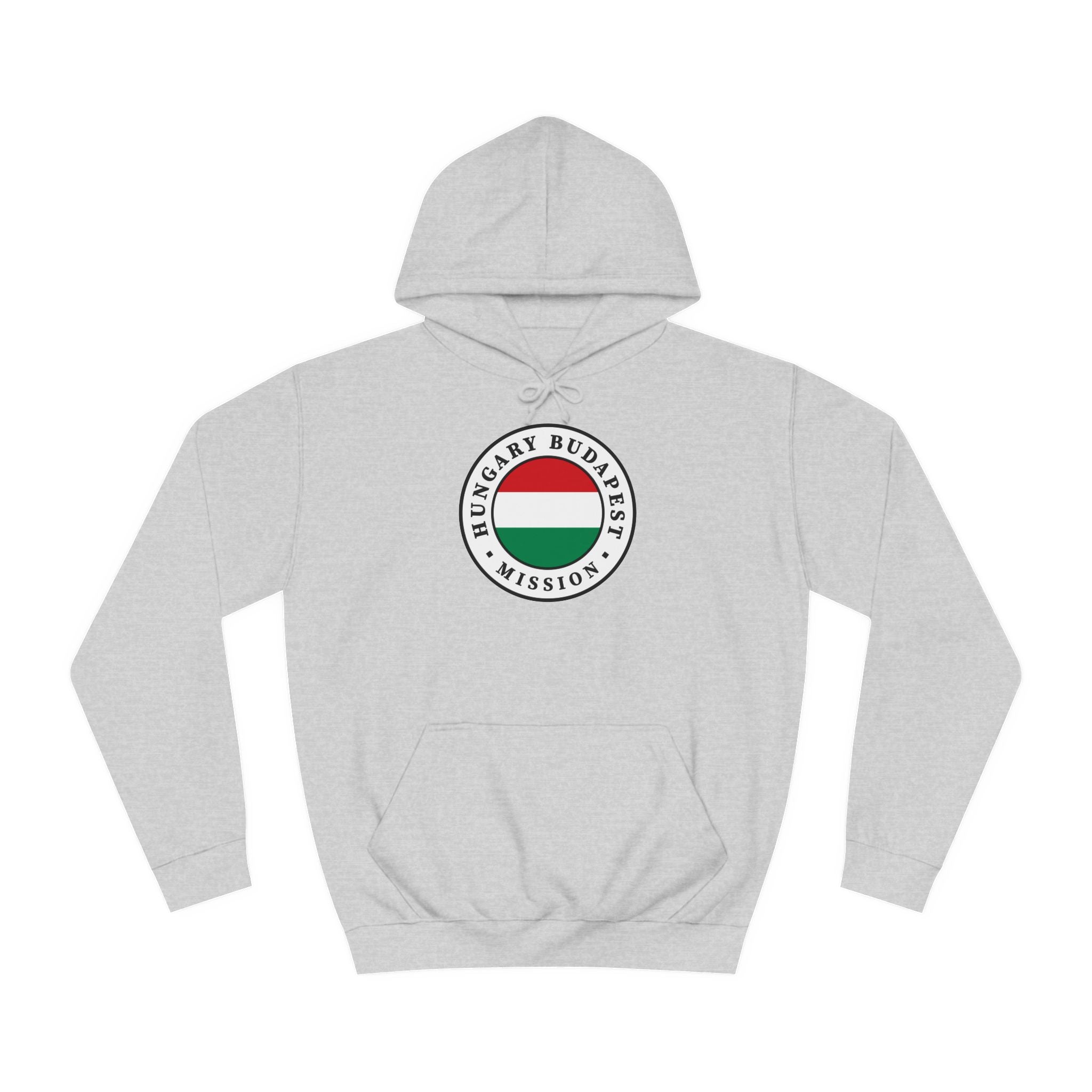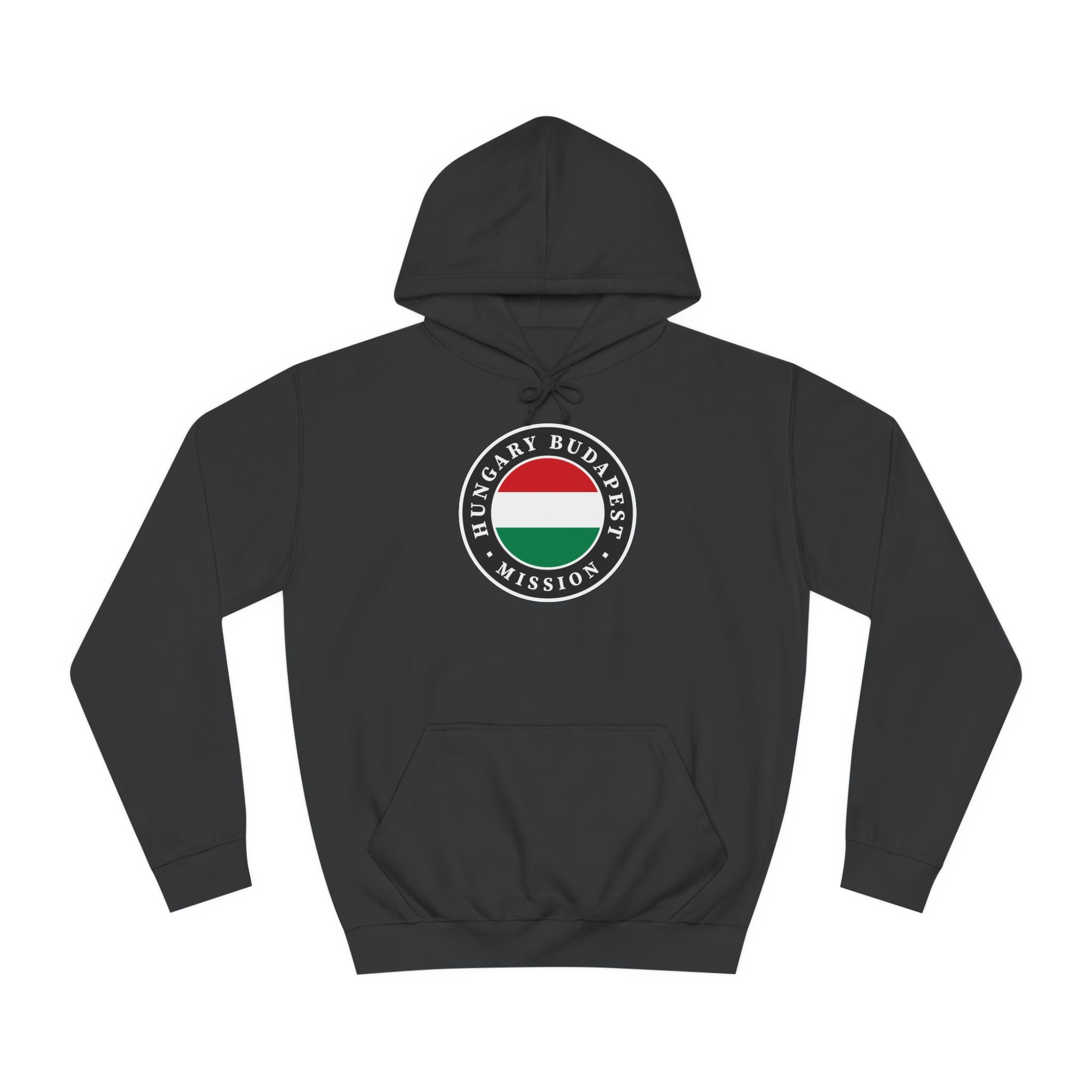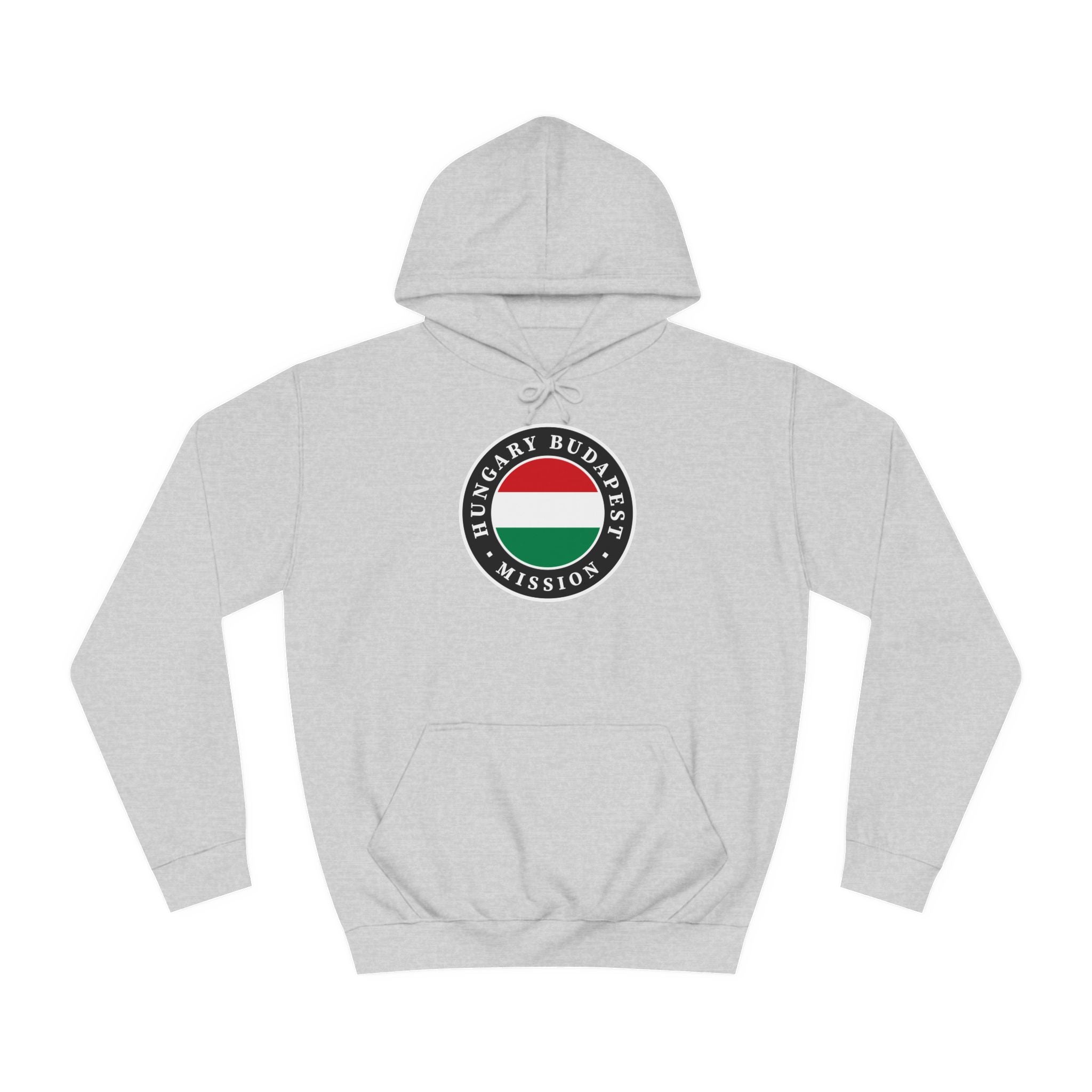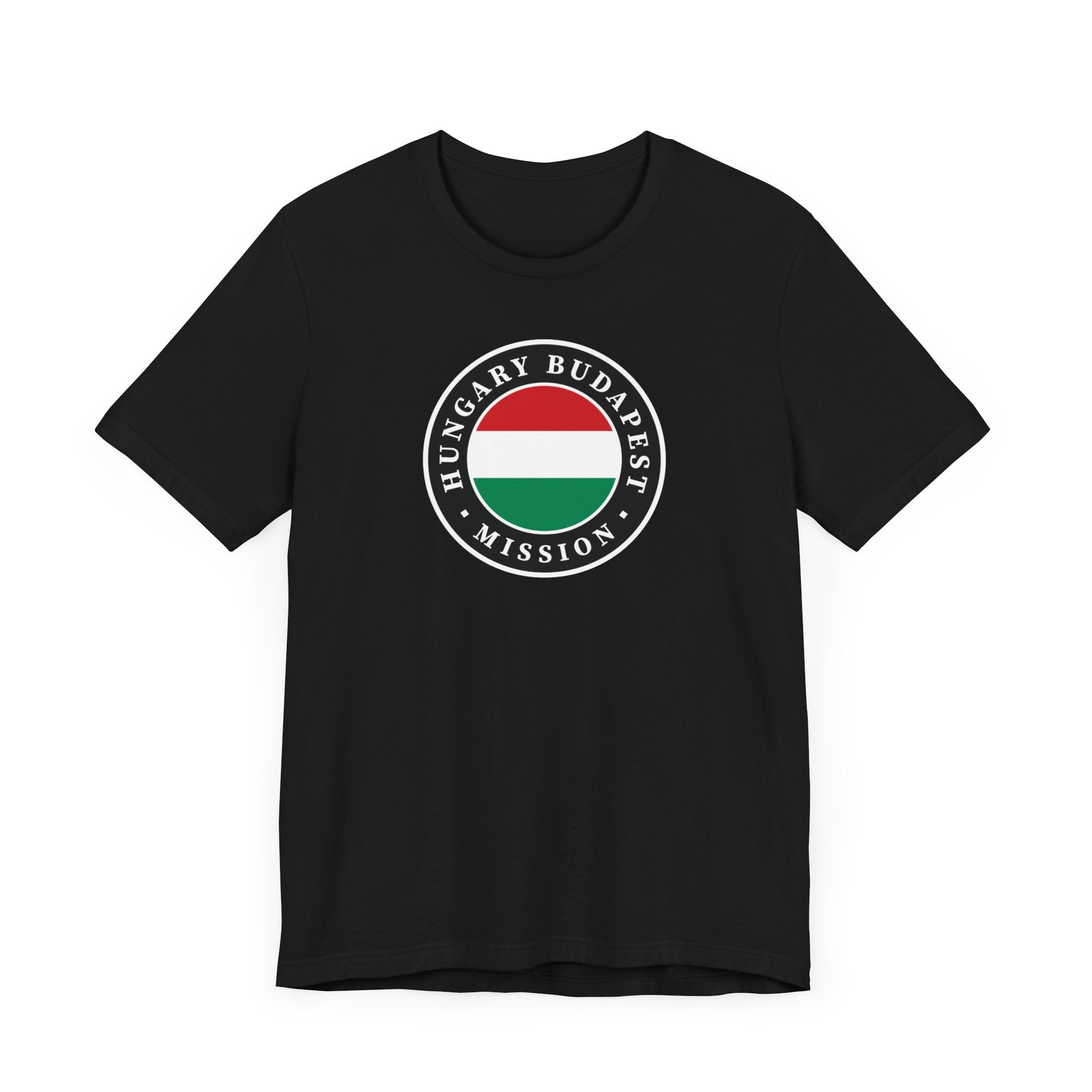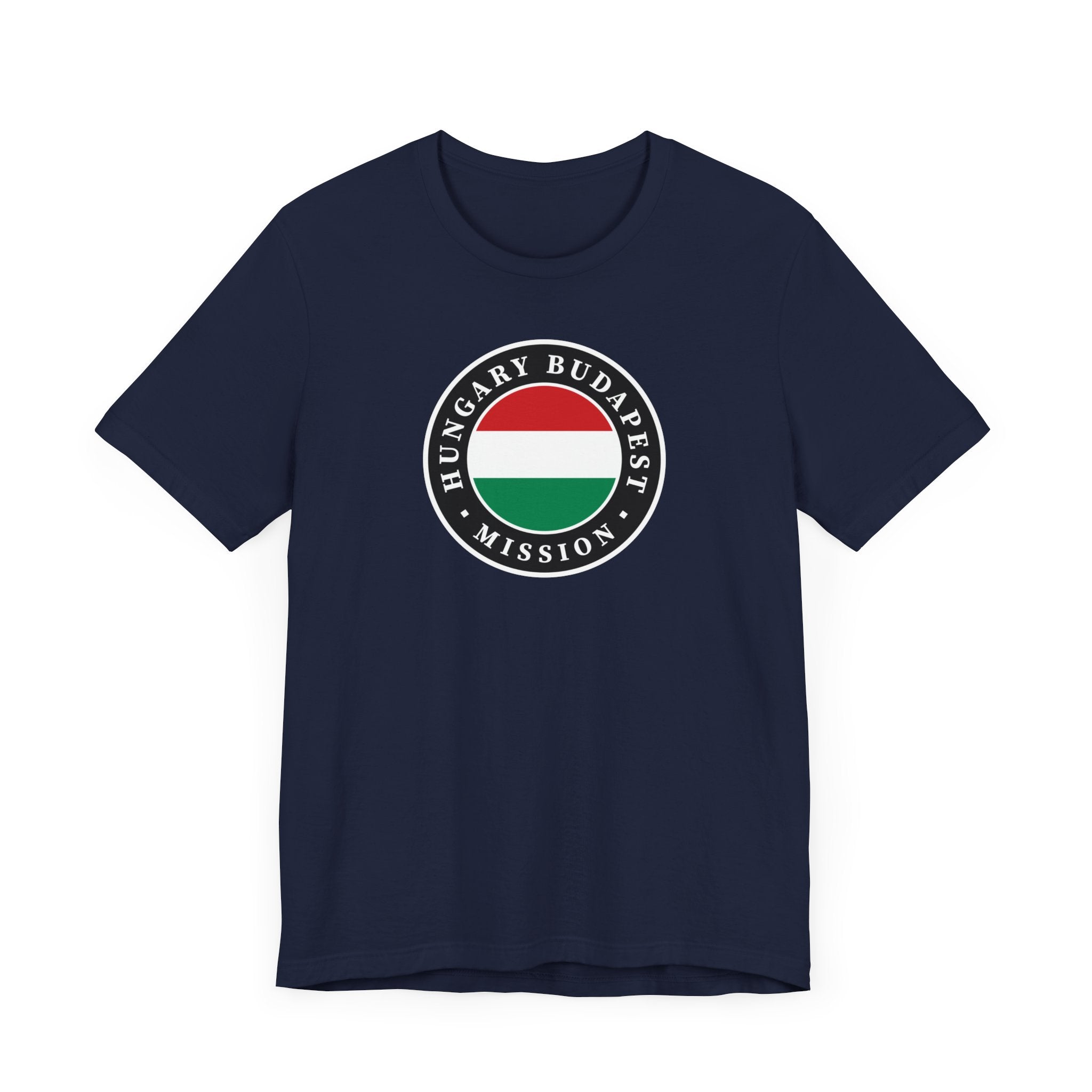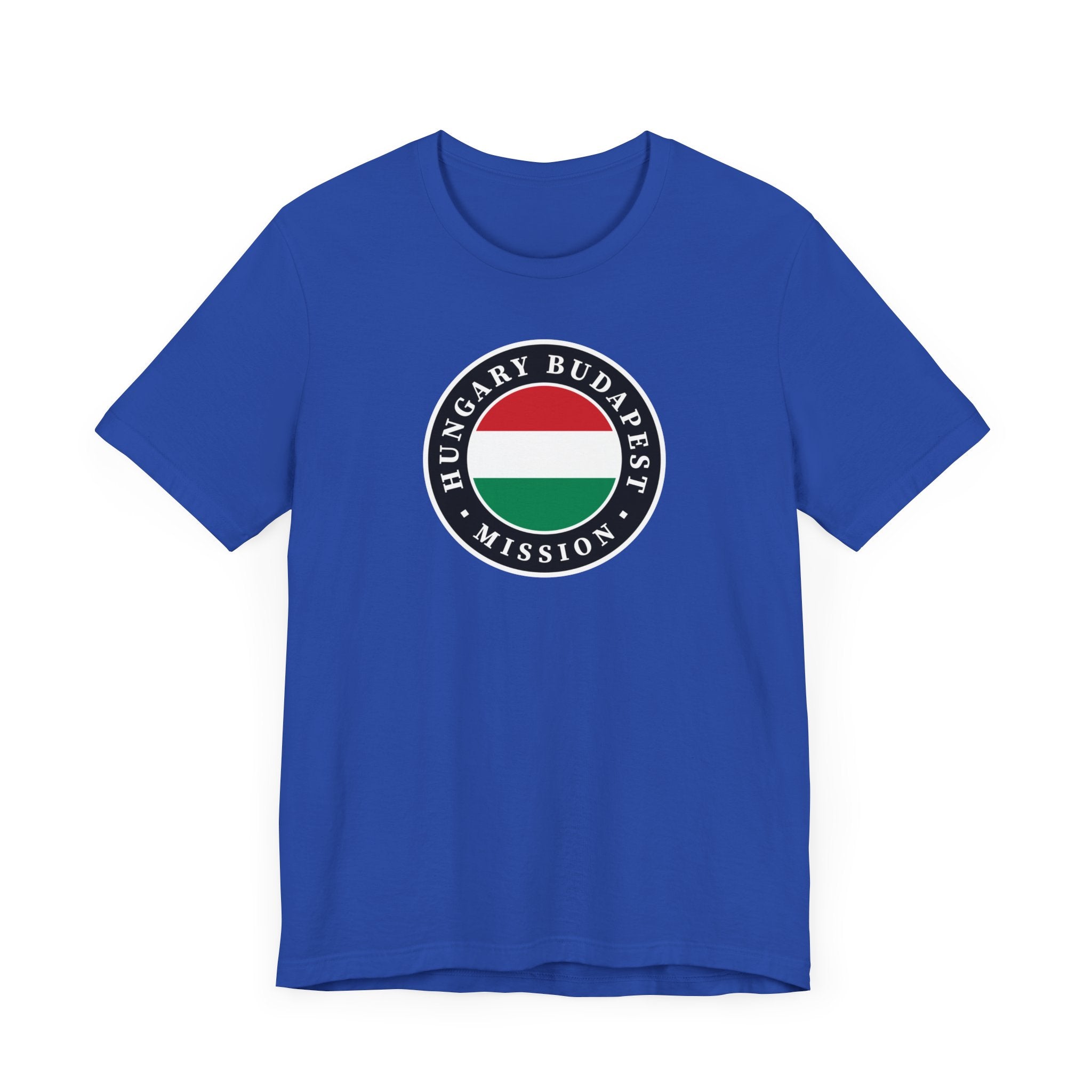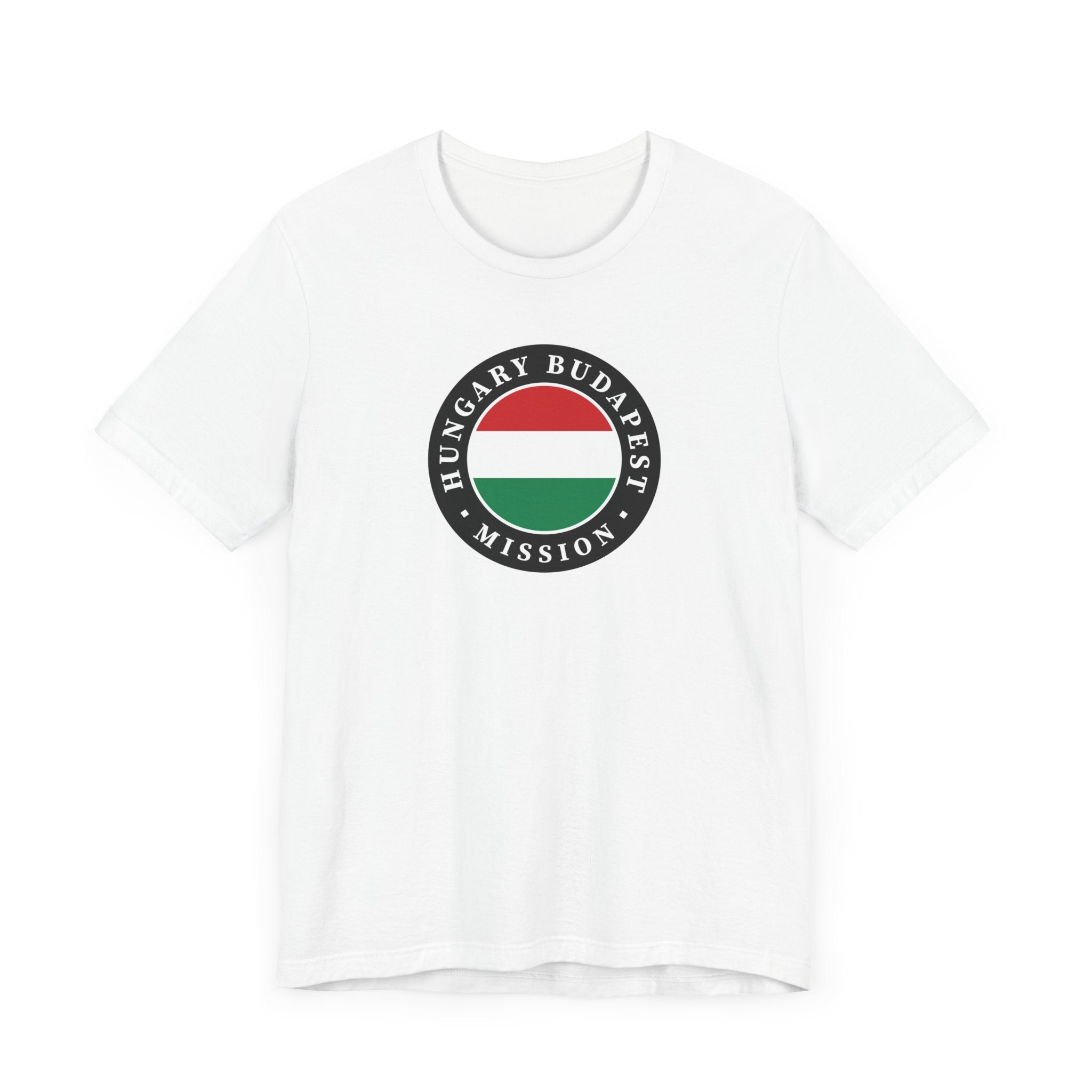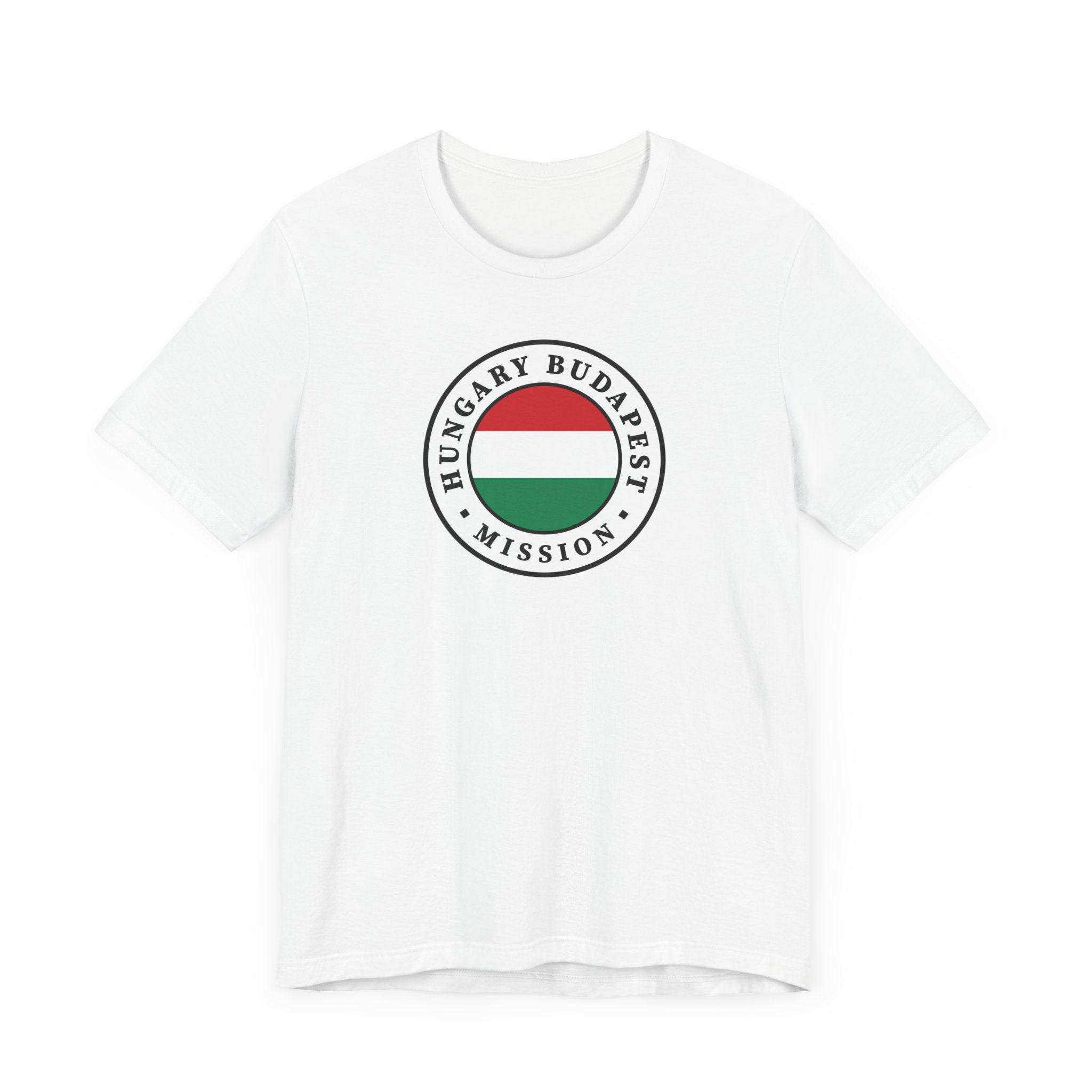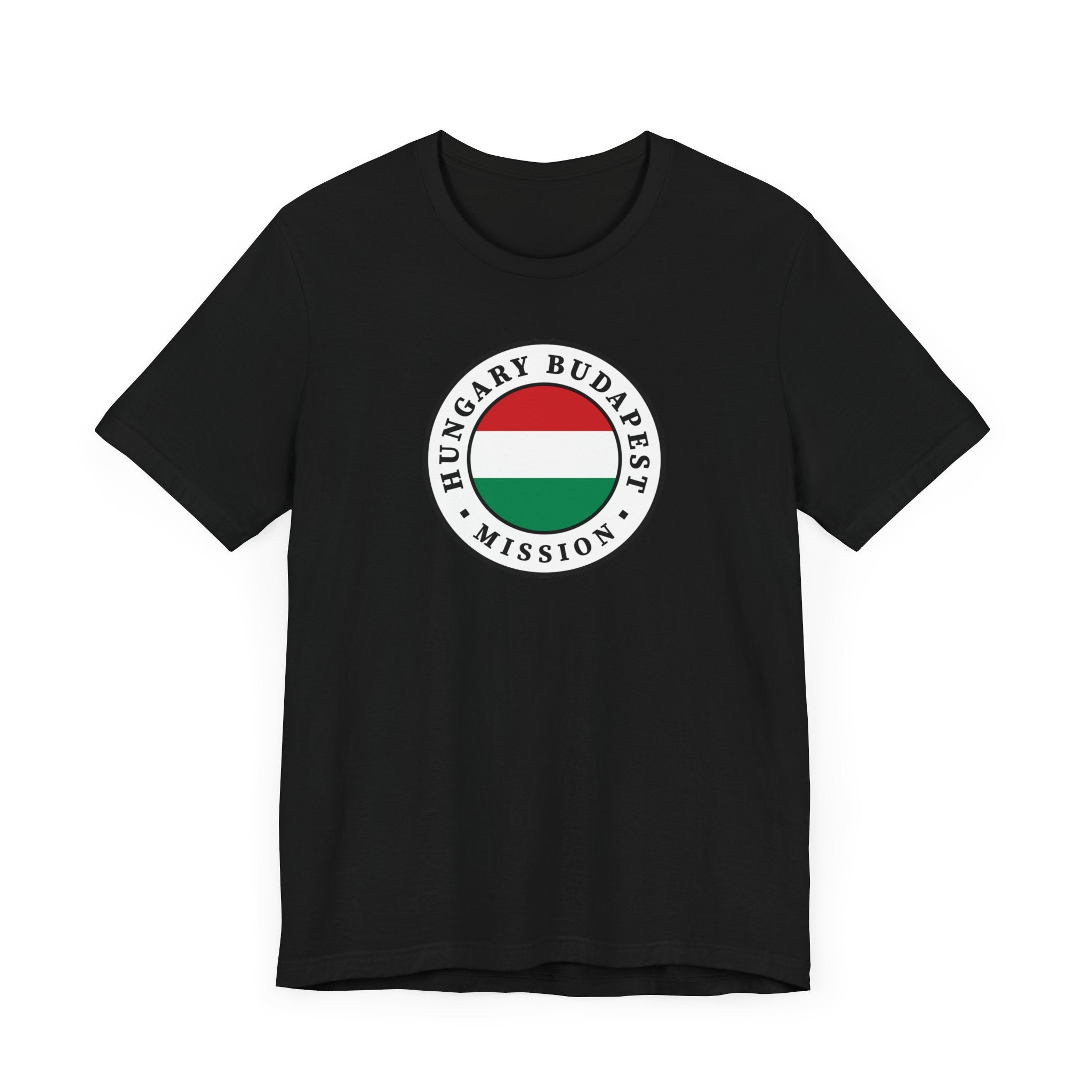The first missionaries of The Church of Jesus Christ of Latter-day Saints to come to Hungary were elders Thomas Biessinger and Paul Hammer from the Swiss and German Mission, who arrived in 1885, but left after a month. The first known Hungarian citizen to be baptized was Mischa Markow from Hungary’s Banat region (now divided between Serbia and Romania), who joined the Church in 1887 while residing in Constantinople (now Istanbul).
The first Hungarian member to serve a mission in Hungary was Elder Mihály Marjalaky (aka Michael Marialaky), a native of Debrecen, who had lived in the US since 1873 and joined the Church in Wyoming. He served in his home town in 1897-98. The following year Elder Markow returned to Hungary for a mission lasting three years. From the fall of 1900 he served in the Banat town of Temesvár (now Timișoara, Romania), baptizing many members, mostly ethnic Germans as well as some Hungarians. In 1901 the Church’s first congregation in Hungary was organized in the town, followed by one in the town of Brassó (now Brasov, Romania) in 1905. Proselytizing faced strong resistance from the authorities, and petitions to allow meetings and to recognize the Church were repeatedly rejected.
Foreign missionaries preached mostly in German, but in 1909 Elder John Ensign Hill from Utah, serving in the Swiss-German Mission, was assigned to learn the language and serve a Hungarian-speaking mission. On 28 November 1909, he conducted the first LDS meeting held entirely in the Hungarian language, and on 10 January 1910, he performed the first baptism in Hungarian.
In January 1911 authorities allowed the missionaries in Brassó to hold public meetings. In November of the same year the nation’s Supreme Court overturned lower court decisions against official recognition of the Church, thereby granting it a recognized status. This was apparently withdrawn in the following year. In March 1913 the Church decided to suspend Hungarian speaking missionary work in the country.
By the time of World War I more than 100 members had been baptized in Hungary, but most of them subsequently emigrated to the United States. In 1914, at the start of the war the Church recalled its missionaries from Europe, including Hungary. Although several faithful members remained, organized activity ceased for more than seven decades.
On April 19th 1987 President Russell M. Nelson, then a member of the Quorum of the Twelve Apostles, dedicated Hungary for missionary work in a prayer and a ceremony on Budapest's Gellert Hill. On June 1st 1988 The Church of Jesus Christ of Latter-day Saints received official recognition and the first missionaries arrived. Church activity has been uninterrupted ever since.
Hungary's first meetinghouse was dedicated in October 1989, by President Thomas S. Monson, a Counselor to the Church President, with President Nelson also attending. The Hungary Budapest Mission was created in June 1990. The nation’s first stake, the Budapest Hungary Stake was organized on June 4th 2006.
At the April 2019 General Conference of the Church, President Russell M. Nelson announced the construction of a temple in Hungary.
